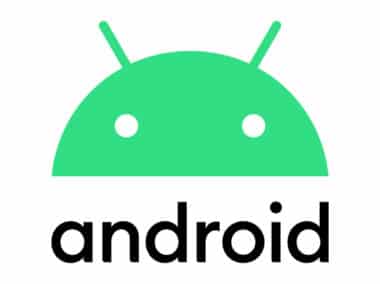Android applications are built using various components that work together to create a seamless experience for the user. These components can be categorized into four main types: activities, services, content providers, and broadcast receivers. Each type of component plays a unique role in the functioning of an Android application.
Activities
Activities are the main building blocks of any Android application. They represent a single screen with a user interface. An application can have multiple activities, each representing a different screen. An activity can be started by another activity within the same application or by an external application. For example, when a user taps on a button in an activity, it can trigger another activity to display information related to the button.
Services
Services are background components that perform long-running operations without requiring user interaction. For example, a music player application might use a service to play music in the background while the user interacts with other parts of the application. Services can be started and stopped by other components within the same application or by external applications. For instance, a service can be started to perform a task that takes a long time, such as downloading a file from the internet.
Content Providers
Content providers manage access to a structured set of data. They are used to share data between different applications, or to provide data to a widget on the home screen. Content providers can be used to access data from the file system, SQLite database, or the web. For example, a music player application can use a content provider to access the user’s music library.
Broadcast Receivers
Broadcast receivers are used to respond to system-wide events, such as the battery being low, or the device being restarted. They can be used to start a service or display a notification when a particular event occurs. For example, an application can use a broadcast receiver to listen for incoming SMS messages and perform a task, such as displaying a notification or updating a database.
By using these basic building blocks, developers can create complex and powerful Android applications that provide a great user experience. Understanding these components is essential for anyone who wants to develop Android applications.
Android applications are built using various components that work together to create a seamless experience for the user. These components can be categorized into four main types: activities, services, content providers, and broadcast receivers. Each type of component plays a unique role in the functioning of an Android application.
Activities
Activities are the main building blocks of any Android application. They represent a single screen with a user interface. An application can have multiple activities, each representing a different screen. An activity can be started by another activity within the same application or by an external application. For example, when a user taps on a button in an activity, it can trigger another activity to display information related to the button.
Services
Services are background components that perform long-running operations without requiring user interaction. For example, a music player application might use a service to play music in the background while the user interacts with other parts of the application. Services can be started and stopped by other components within the same application or by external applications. For instance, a service can be started to perform a task that takes a long time, such as downloading a file from the internet.
Content Providers
Content providers manage access to a structured set of data. They are used to share data between different applications, or to provide data to a widget on the home screen. Content providers can be used to access data from the file system, SQLite database, or the web. For example, a music player application can use a content provider to access the user’s music library.
Broadcast Receivers
Broadcast receivers are used to respond to system-wide events, such as the battery being low, or the device being restarted. They can be used to start a service or display a notification when a particular event occurs. For example, an application can use a broadcast receiver to listen for incoming SMS messages and perform a task, such as displaying a notification or updating a database.
By using these basic building blocks, developers can create complex and powerful Android applications that provide a great user experience. Understanding these components is essential for anyone who wants to develop Android applications.


